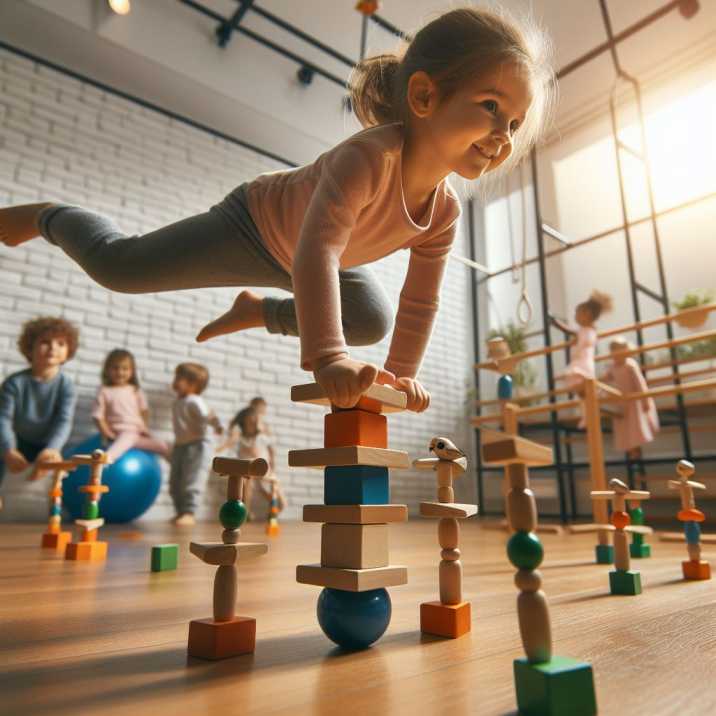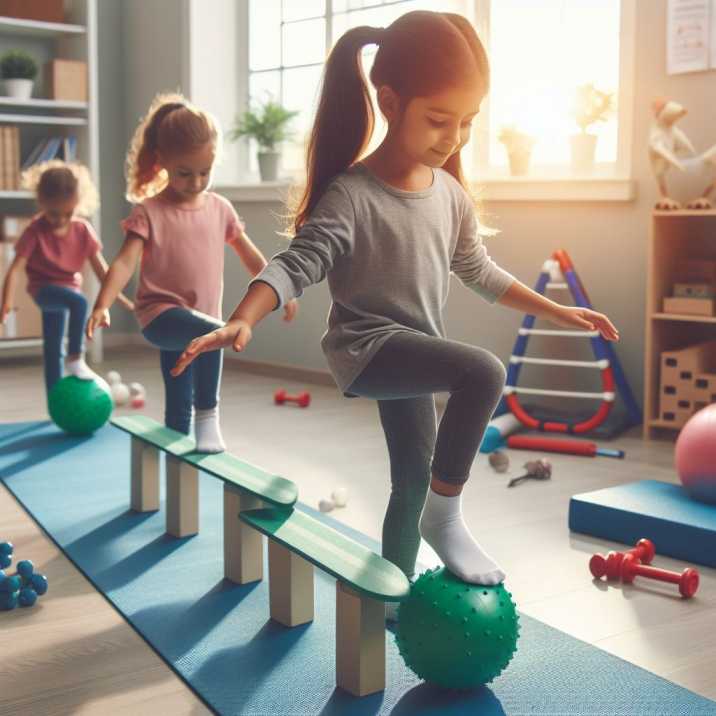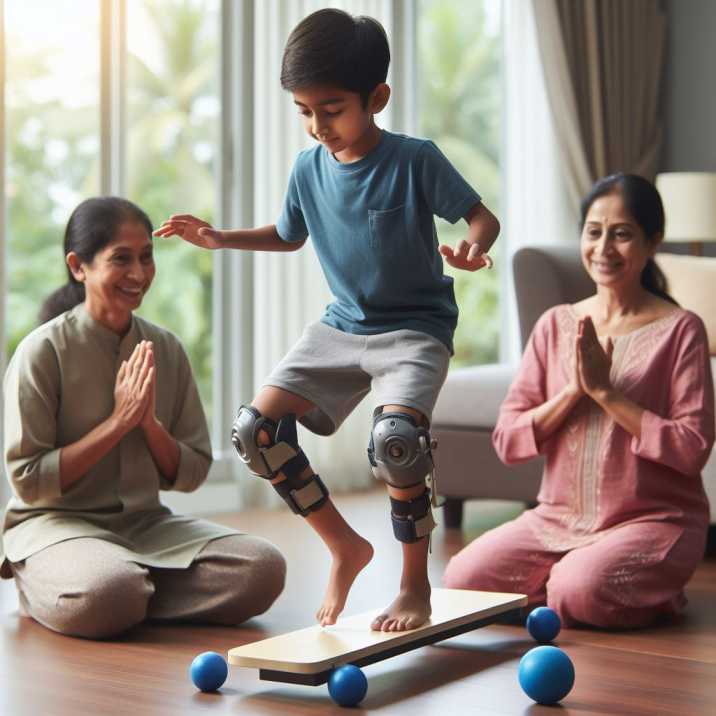Balance Training for Injury Prevention in Children
Table of Contents
Introduction:
Balance is not just a physical ability; it’s a foundation for a child’s overall well-being. In this article, we delve into the world of balance training undeniable and impact of balance training for Injury prevention in Children . From understanding the basics to exploring advanced techniques, join us on a journey that empowers parents and caregivers with the knowledge to ensure a safe and active childhood for their little ones.

The Foundation of Balance:
Balance, a fundamental motor skill, forms the basis for a child’s physical development. As children grow, so does their ability to maintain stability and coordination. The foundation of balance is laid early in life, making it imperative for parents and educators to nurture this skill.
Benefits of Balance Training:
- Injury Prevention: The core focus of balance training for Injury prevention in children. By enhancing proprioception and spatial awareness, children become more adept at avoiding common accidents.
- Motor Skills Development: Balance training contributes significantly to the development of fine and gross motor skills, essential for various physical activities.
- Cognitive Benefits: The connection between body and mind is strengthened, fostering cognitive development and improving concentration.

The Impact of Balance Training for Injury Prevention in Children
When it comes to preventing injuries in children, the role of balance training cannot be overstated. As children engage in activities that challenge their balance, they develop a heightened sense of body control and coordination. This, in turn, helps balance training for Injury prevention in children that often result from falls or collisions.
Case Studies:
Several studies have demonstrated a direct correlation between balance training and reduced injury rates in children. Schools and organizations implementing structured balance programs report a significant decrease in accidents during physical activities.
Techniques for Effective Balance Training:
- Basic Balancing Exercises: Start with simple exercises like standing on one foot or walking on a straight line. These activities lay the groundwork for more advanced training.
- Proprioception Games: Engage children in games that require them to rely on their sense of body position, such as blindfolded obstacle courses or balance beam activities.
- Incorporate Fun Elements: Make balance training enjoyable by including playful elements like colorful equipment, music, or incorporating it into games.
Tips for Parents and Caregivers:
- Consistency is Key: Incorporate balance training into the child’s routine consistently to see tangible results.
- Age-Appropriate Activities: Tailor exercises to the child’s age and developmental stage to ensure they are both challenging and achievable.
- Supervision: Always supervise balance activities, especially for younger children, to prevent accidents.

Information-Based Table:
| Exercise Type | Description | Benefits |
|---|---|---|
| Standing on One Foot | Simple balance exercise, holding for increasing durations | Enhances stability and concentration |
| Obstacle Courses | Structured courses with challenges and obstacles | Develops spatial awareness and motor skills |
| Balance Beam Games | Walking or hopping on a narrow beam or line | Improves balance and coordination |
Advanced Balance Training:
For older children or those seeking more challenging activities, advanced balance training can include activities like yoga, martial arts, or sports that demand precise control of body movements.
Conclusion:
In conclusion, the impact of balance training on injury prevention in children is profound and far-reaching. By investing time and effort in cultivating this essential skill, parents and caregivers can provide a solid foundation for a healthy and active lifestyle. Balance training not only prevents injuries but also contributes to overall physical and cognitive development.
FAQs:
- At what age can balance training begin for children?
- Balance training can start as early as the toddler years, incorporating age-appropriate activities.
- How often should balance training be done?
- Aim for at least three times a week for optimal results.
- Can balance training be integrated into daily activities?
- Yes, simple activities like standing on one foot while brushing teeth can be effective.
- Are there specific balance exercises for children with special needs?
- Consult with a healthcare professional for personalized recommendations.
- What role does nutrition play in supporting balance development?
- A balanced diet contributes to overall health, which indirectly supports physical development, including balance.
- Is there a risk of overtraining with balance exercises?
- Moderation is key; ensure exercises are age-appropriate and gradually progress in difficulty.
- Can balance training help with issues like clumsiness?
- Yes, consistent balance training can improve coordination and reduce clumsiness over time.
- Are there games that make balance training more engaging for children?
- Incorporate elements like colors, music, or storytelling to make balance training fun.
- What signs indicate that a child may need extra balance training?
- Frequent falls, difficulty with coordination, and a lack of interest in physical activities may be indicators.
- Is there a link between balance and academic performance?
- Some studies suggest a positive correlation between physical activity, including balance training, and academic performance.
- Can balance training be helpful for children involved in sports?
- Absolutely, it enhances overall athleticism and reduces the risk of sports-related injuries.
- Are there any precautions to take during balance training?
- Always ensure a safe environment, use age-appropriate equipment, and supervise activities to prevent accidents.


